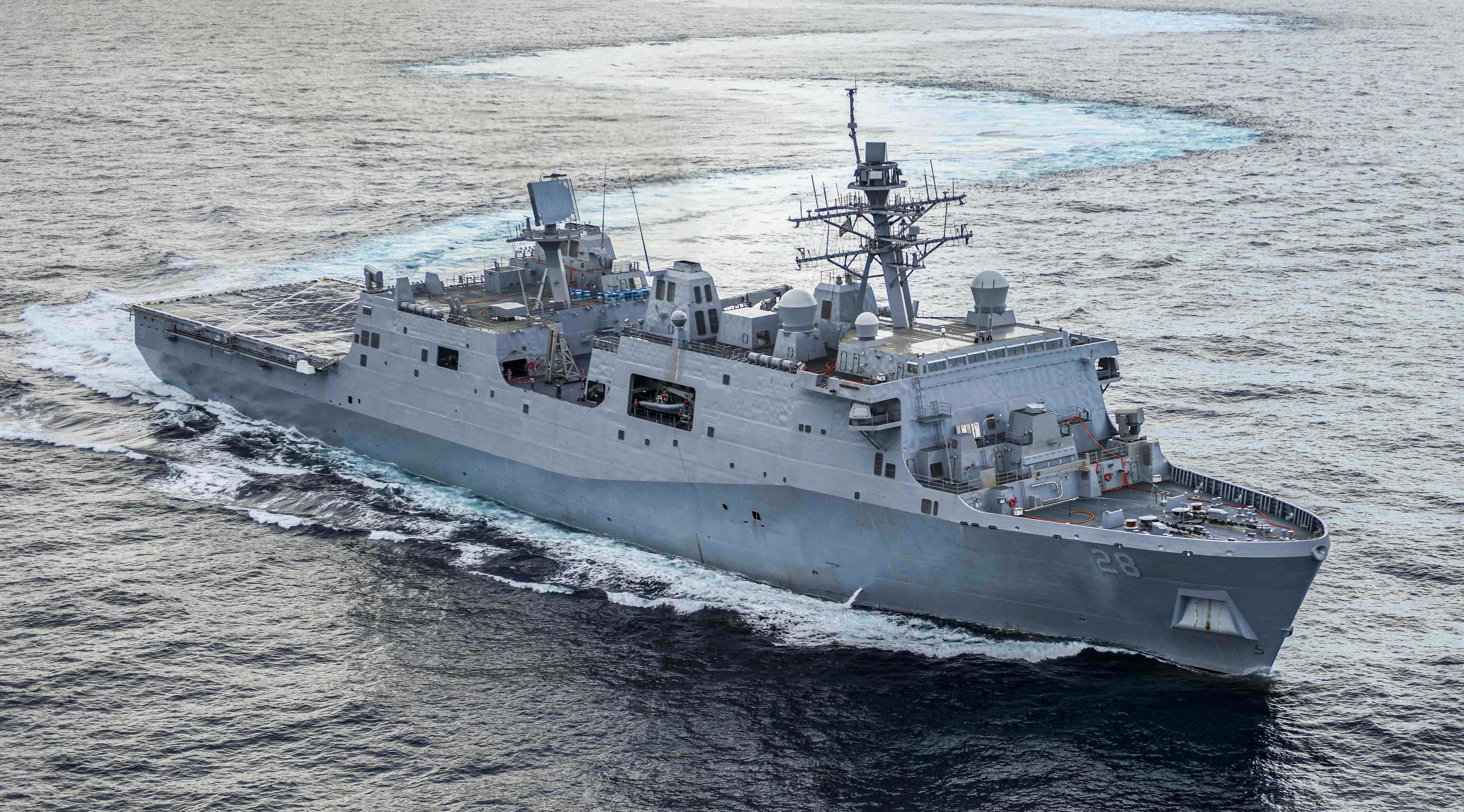The following is the March 26, 2018 Congressional Research Service report, Iran: Politics, Human Rights, and U.S. Policy.
From the Report:
Since the Islamic Revolution in Iran in 1979, the United States and Iran have been broadly at odds. During the 1980s and 1990s, U.S. officials identified Iran’s support for militant Middle East groups as the primary threat posed by Iran to U.S. interests and allies. Iran’s nuclear program took precedence in U.S. policy after 2002 as the potential for Iran to develop a nuclear weapon increased. Beginning in 2010, the United States orchestrated broad international economic pressure on Iran to persuade it to agree to strict limits on the program—pressure that contributed to the June 2013 election of the relatively moderate Hassan Rouhani as president of Iran and the eventual negotiation of a “Joint Comprehensive Plan of Action” (JCPOA). The JCPOA, which took effect in January 2016, exchanged broad sanctions relief for temporary limits on Iran’s nuclear program. The JCPOA reduced the potential threat from Iran’s nuclear program, but did not address the full range of threats posed by Iran, including from its ballistic missile program; its regional influence and support for armed factions; its conventional military programs; and its human rights abuses.
Some experts and U.S. officials have asserted that the threat posed by Iran stems from the nature and ideology of Iran’s regime. Whereas hardliners continue to control the state institutions that are responsible for Iran’s policies, public support for moderate and reformist figures that seek to promote free expression and international engagement appears strong. One moderate, Hassan Rouhani, has demonstrated this support by winning clear victories in two successive presidential elections, in June 2013 and again on May 19, 2017. In the May 2017 vote, reformist and moderate candidates won overwhelmingly in concurrent municipal council elections in all the major cities, including Tehran. Still, the political successes of moderate candidates have not eliminated deep grievances in Iranian society, as demonstrated by significant unrest that erupted all over Iran during late December 2017-January 2018, and which has continued to simmer in the form of women protesting against enforcement of the strict dress code.
On October 13, 2017, President Donald Trump articulated a U.S. commitment to countering Iran’s regional influence, curbing its ballistic missile program, and addressing the nuclear-related deficiencies of the JCPOA. On January 12, 2018, the President threatened to essentially withdraw the United States from the JCPOA by reimposing U.S. sanctions unless European countries and the U.S. Congress address his stated concerns about the deal. U.S.-European negotiations to meet President Trump’s demands have produced some modest agreements to jointly sanction Iran’s missile program, but the talks have not clearly met the President’s stated demands for remaining in the deal. The naming of CIA Director Mike Pompeo as Secretary of State and former Ambassador to the United Nations John Bolton as National Security Adviser in March 2018— both vocal critics of Iran and of the weaknesses in the JCPOA—have led many observers to conclude that the President will refuse to waive a major sanctions law when its waiver expires on May 12, 2018. Trump Administration officials have not, a any time, articulated an intent to improve relations with the existing regime in Iran, and have instead expressed hope that the Iranian public and their protests might be able to achieve significant political change. As have successive Administrations, the Trump Administration is continuing efforts to promote civil society in Iran, perhaps in the hopes of expanding and emboldening opposition to the regime.
via fas.org





